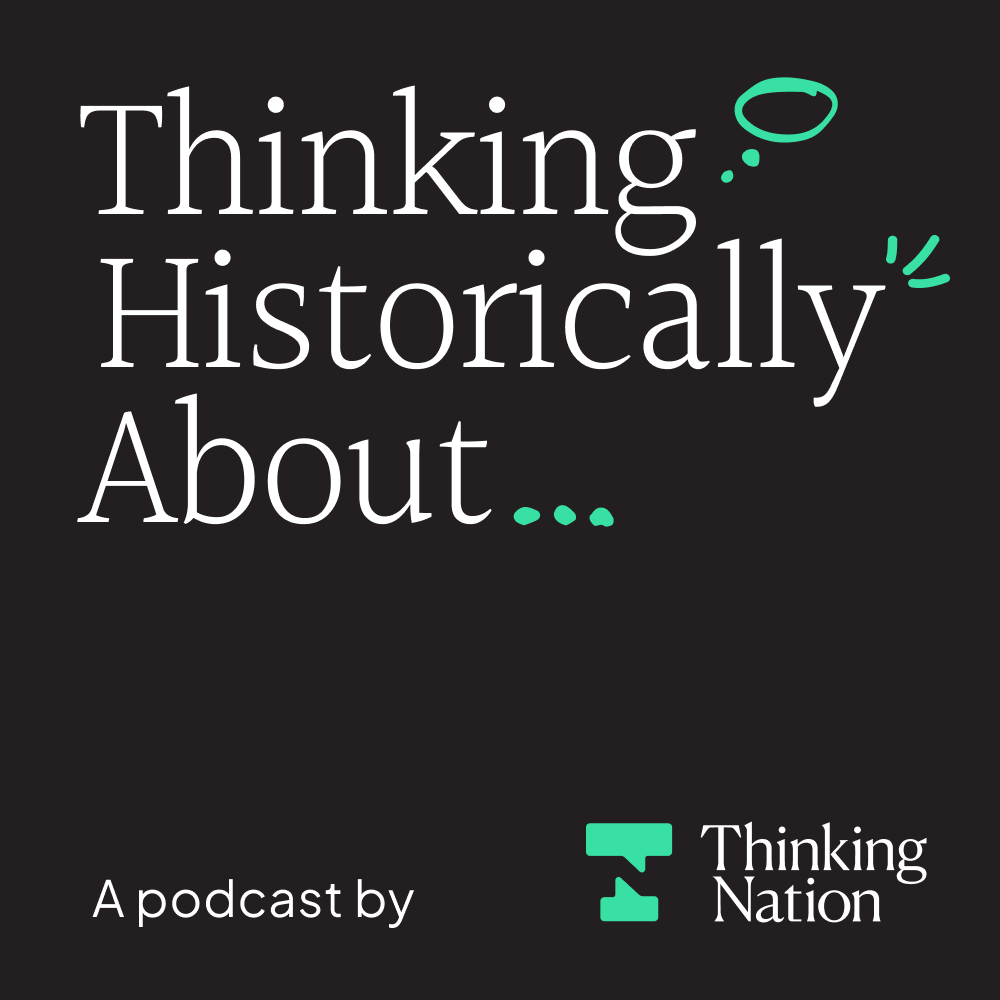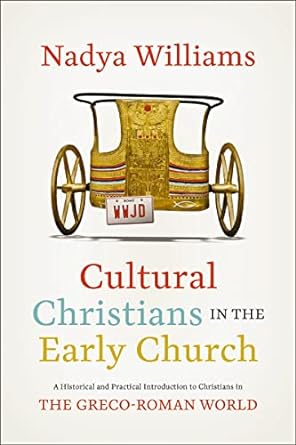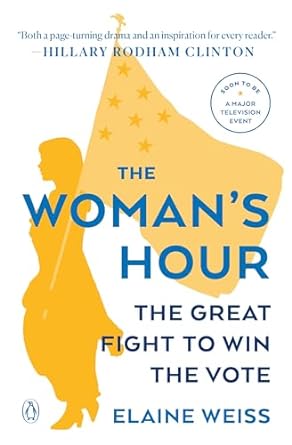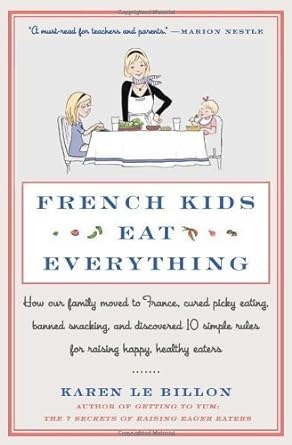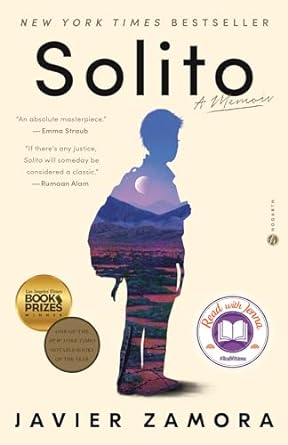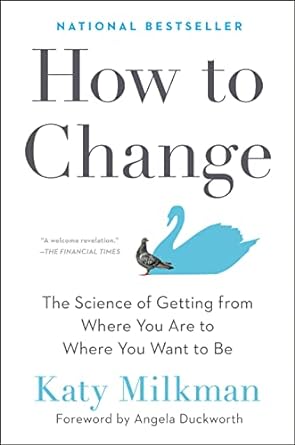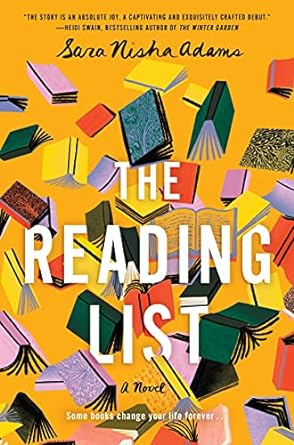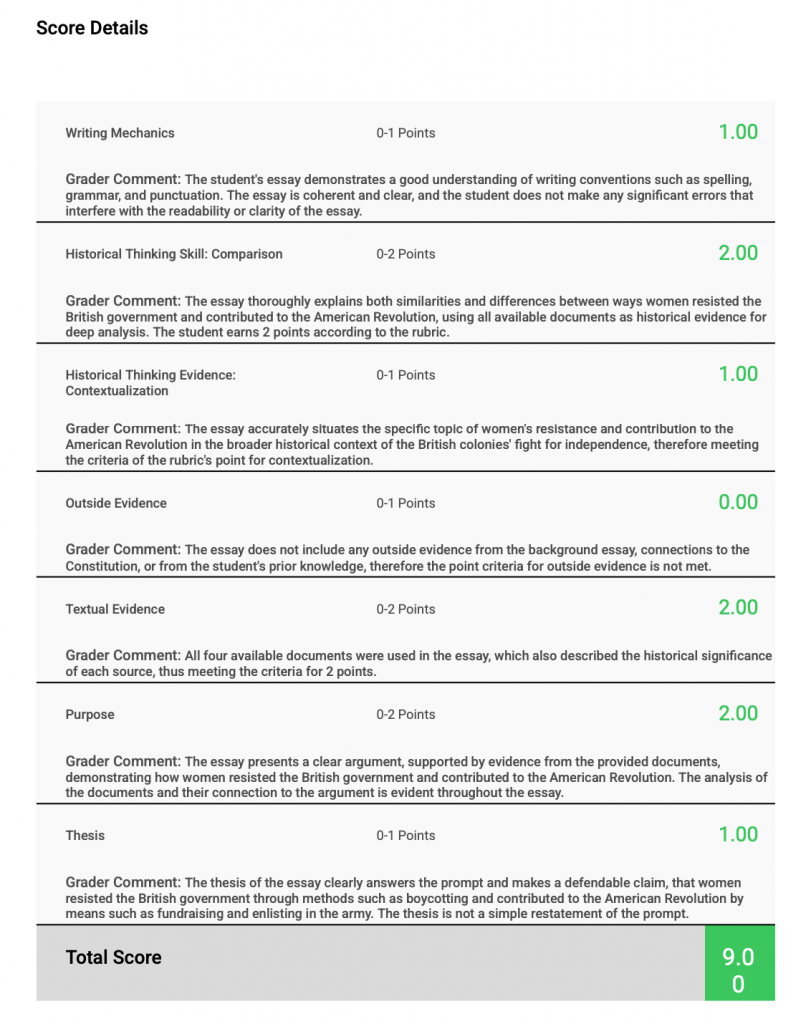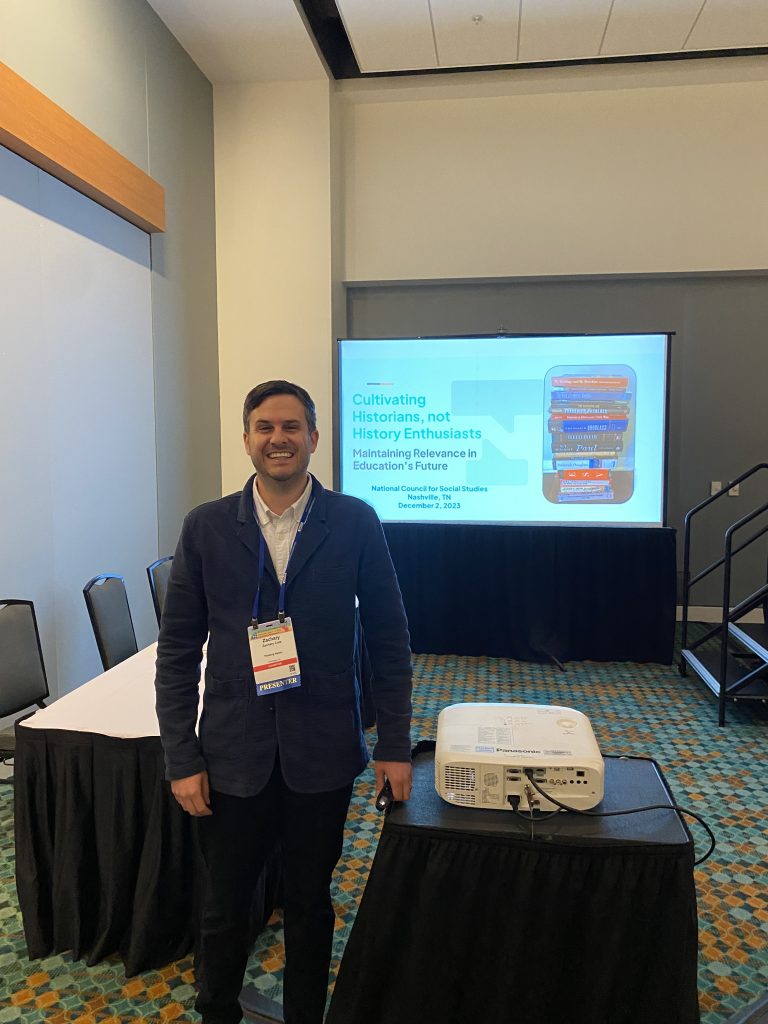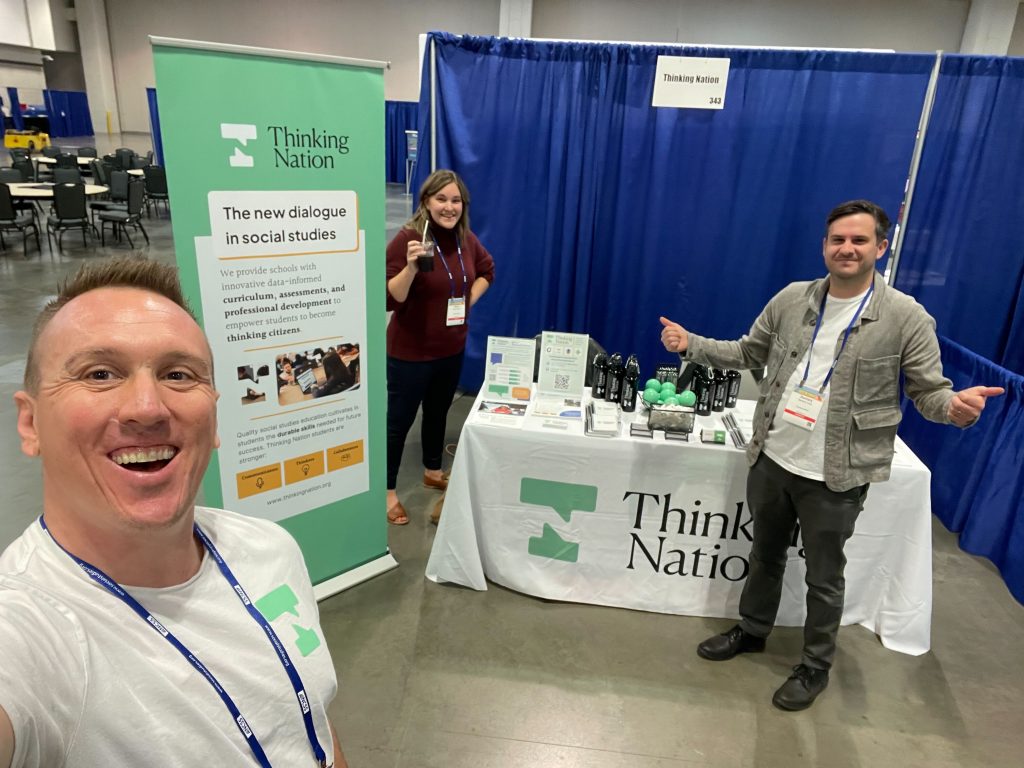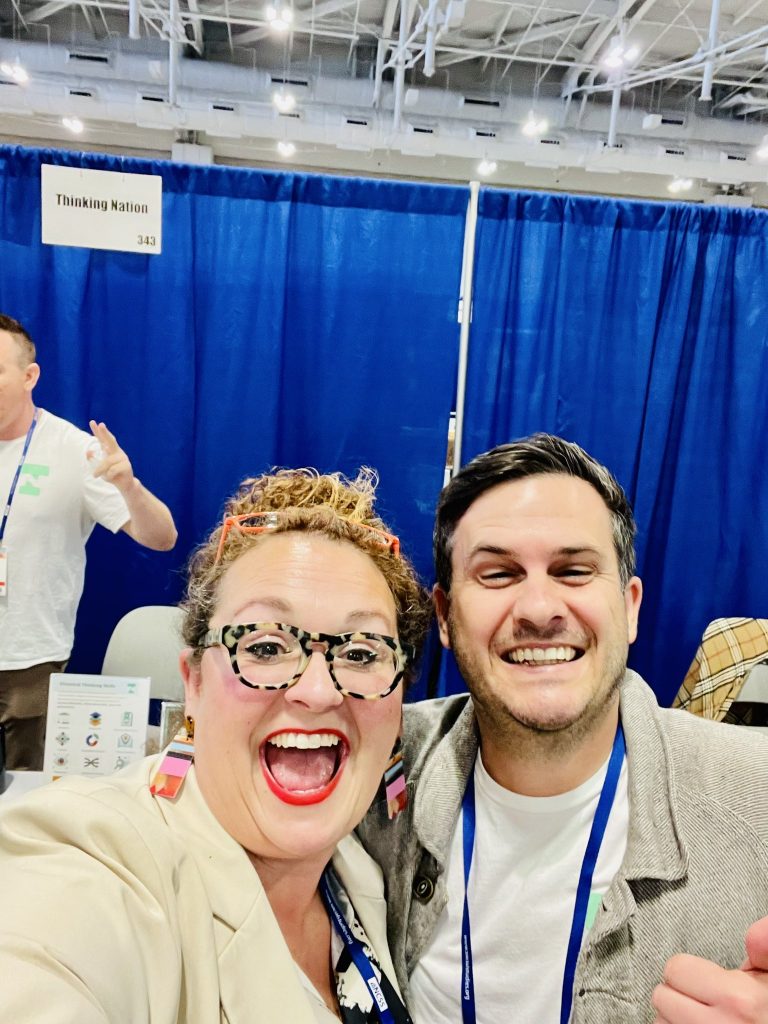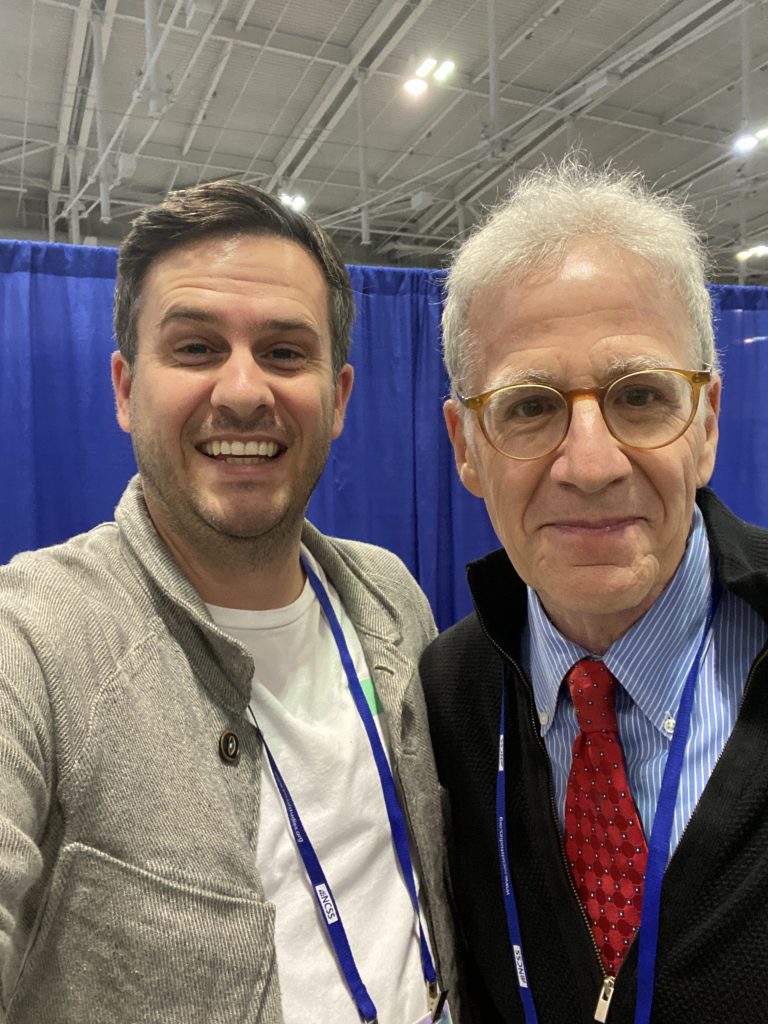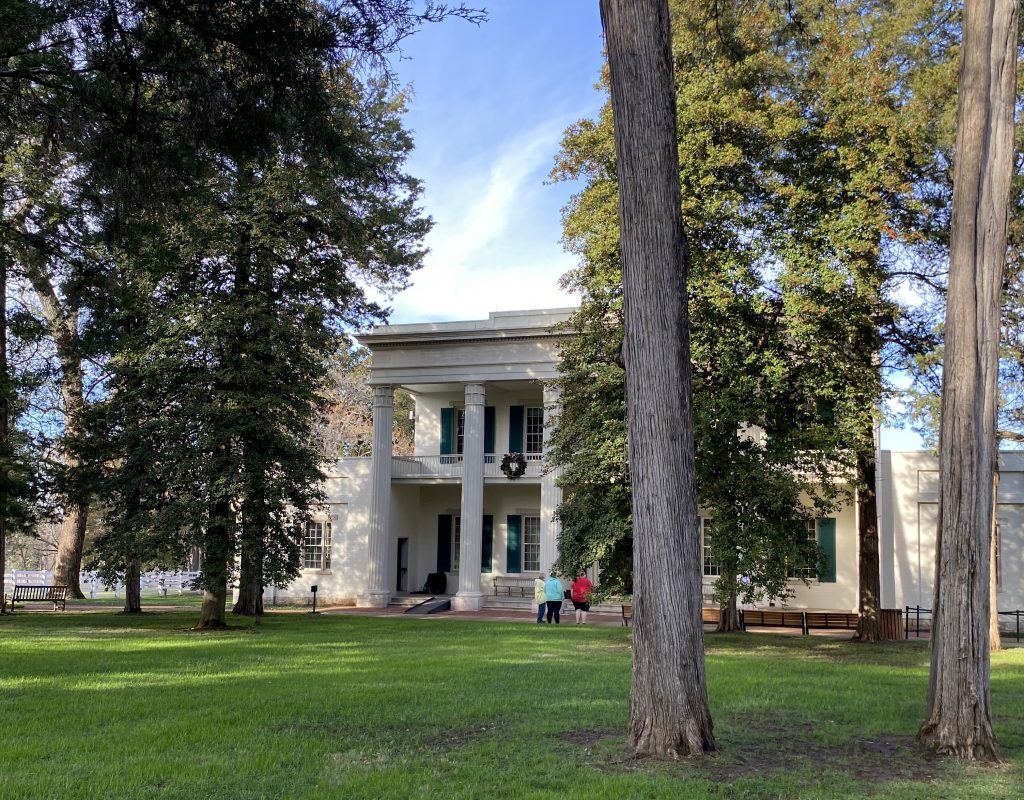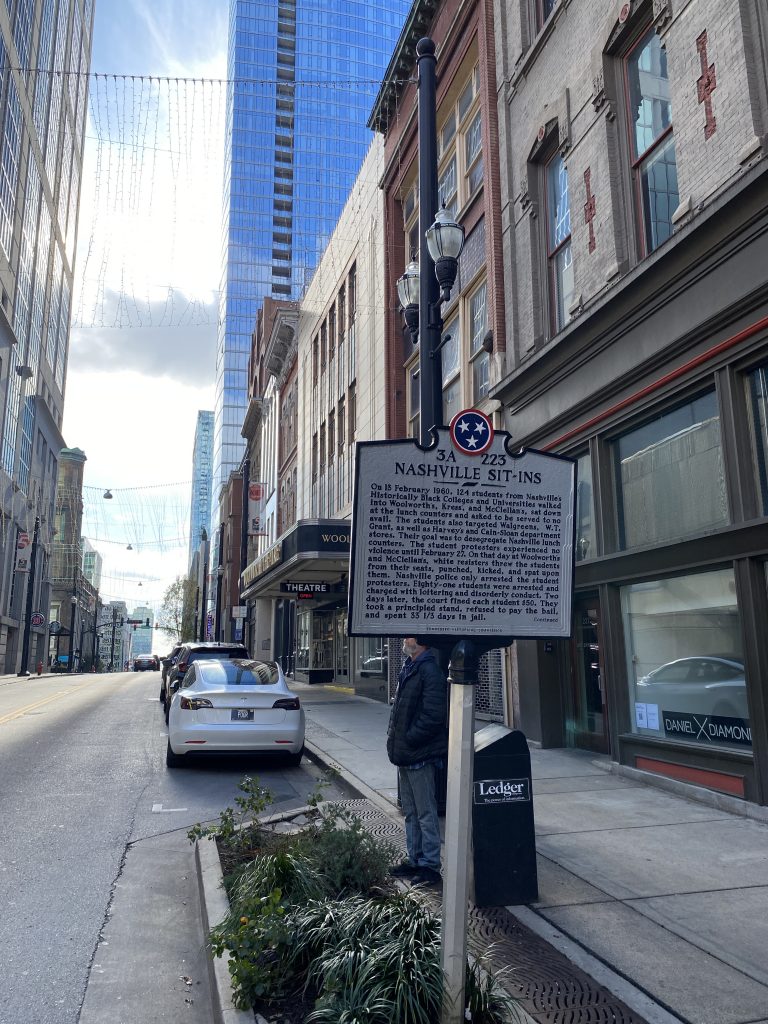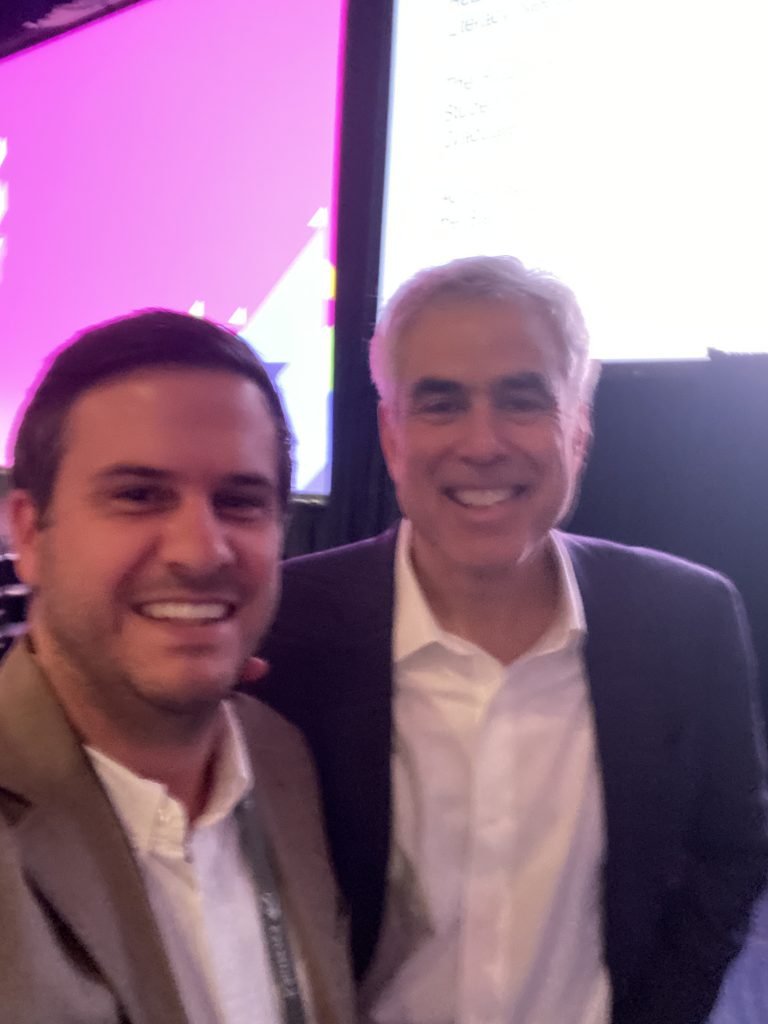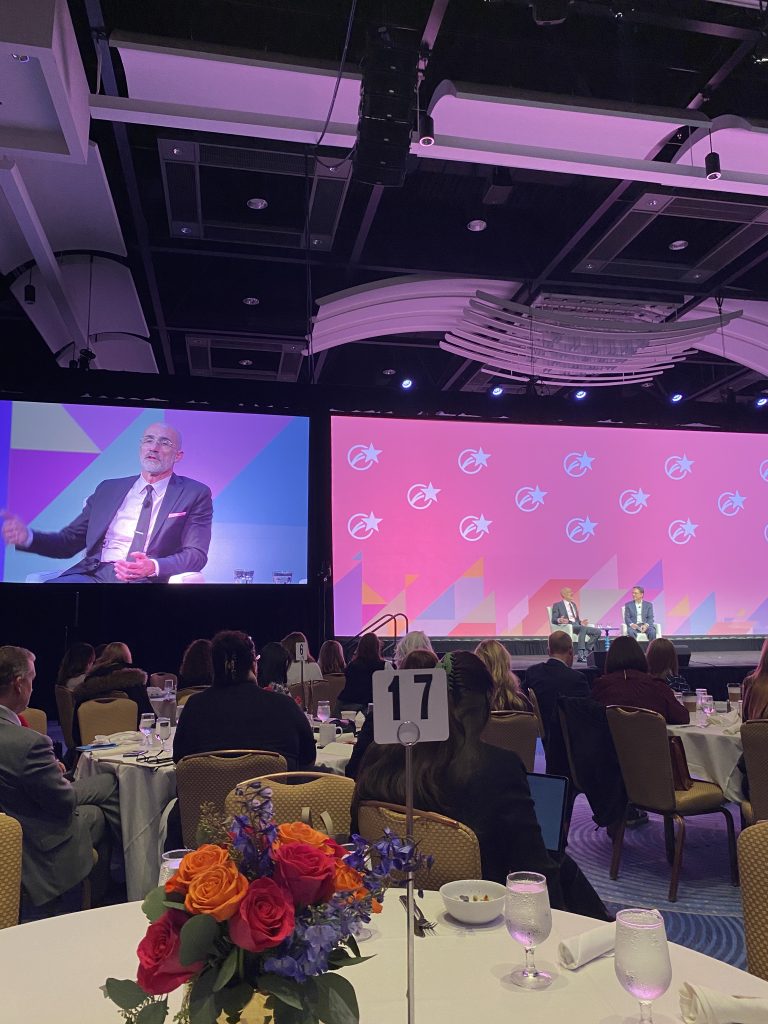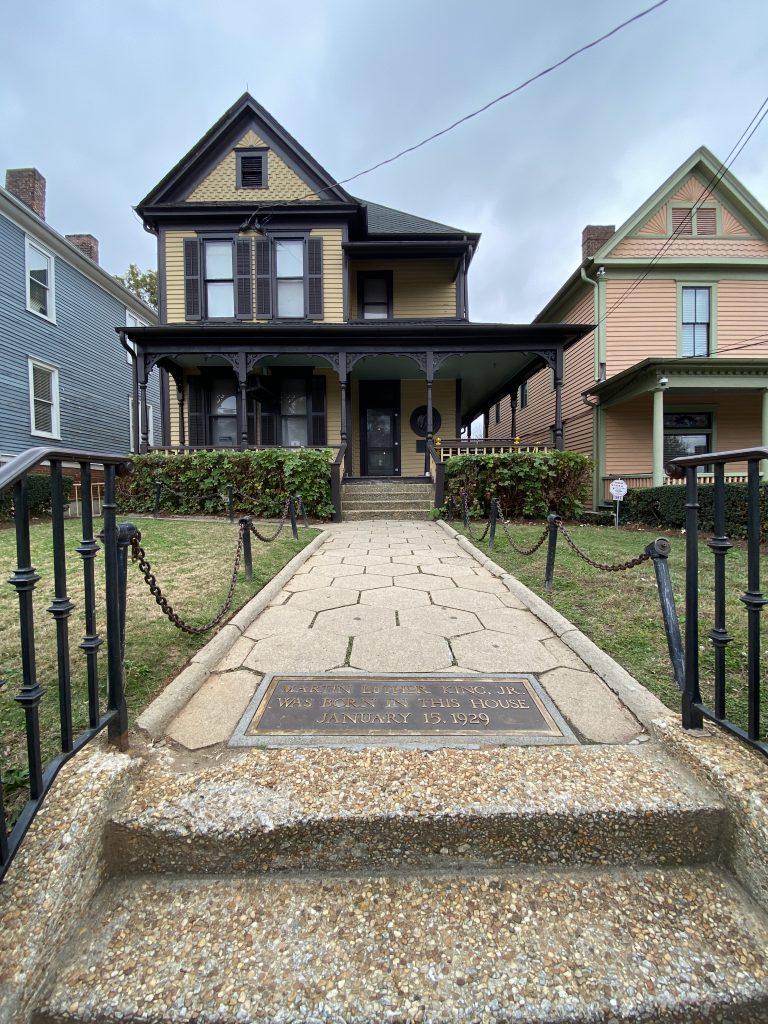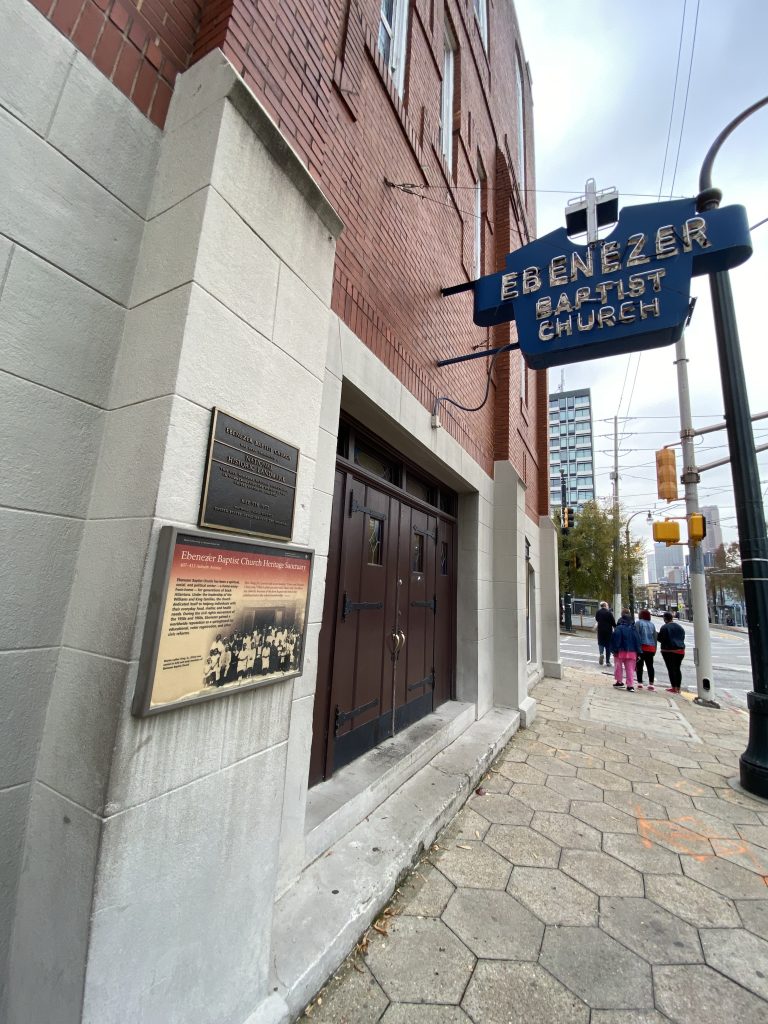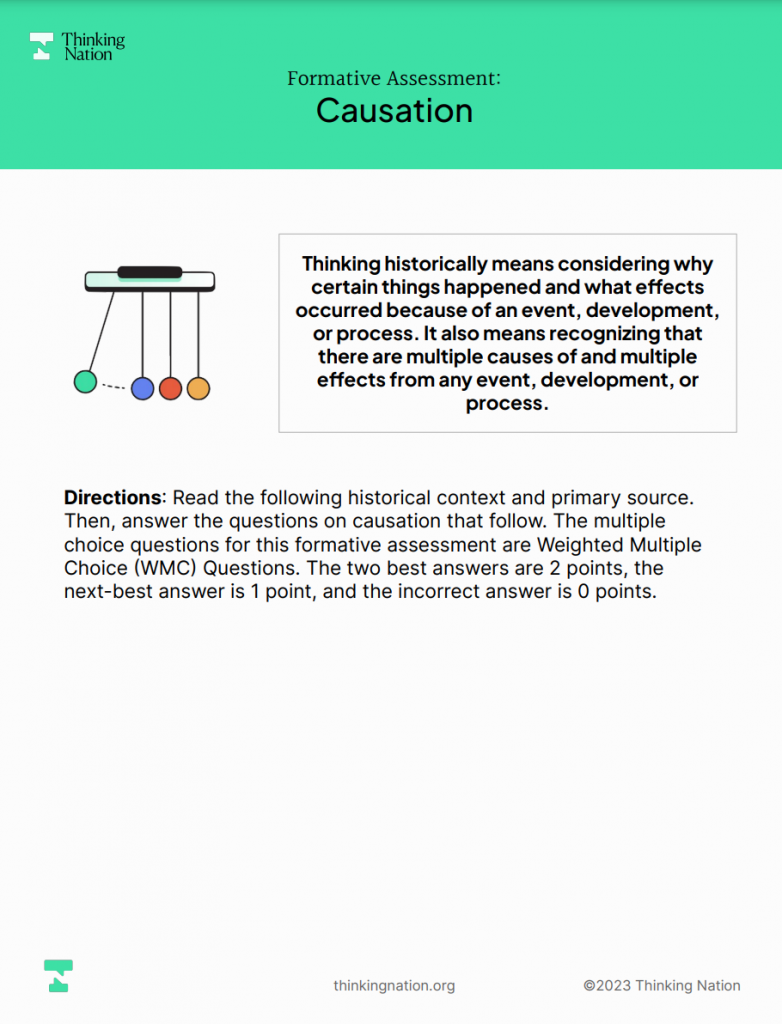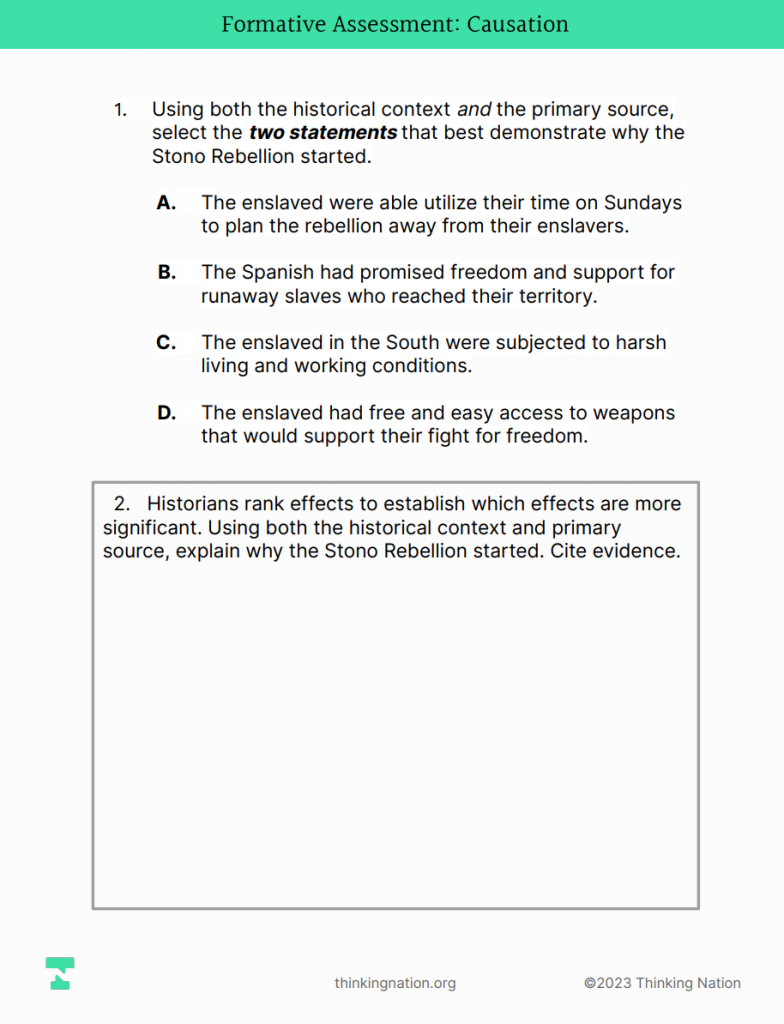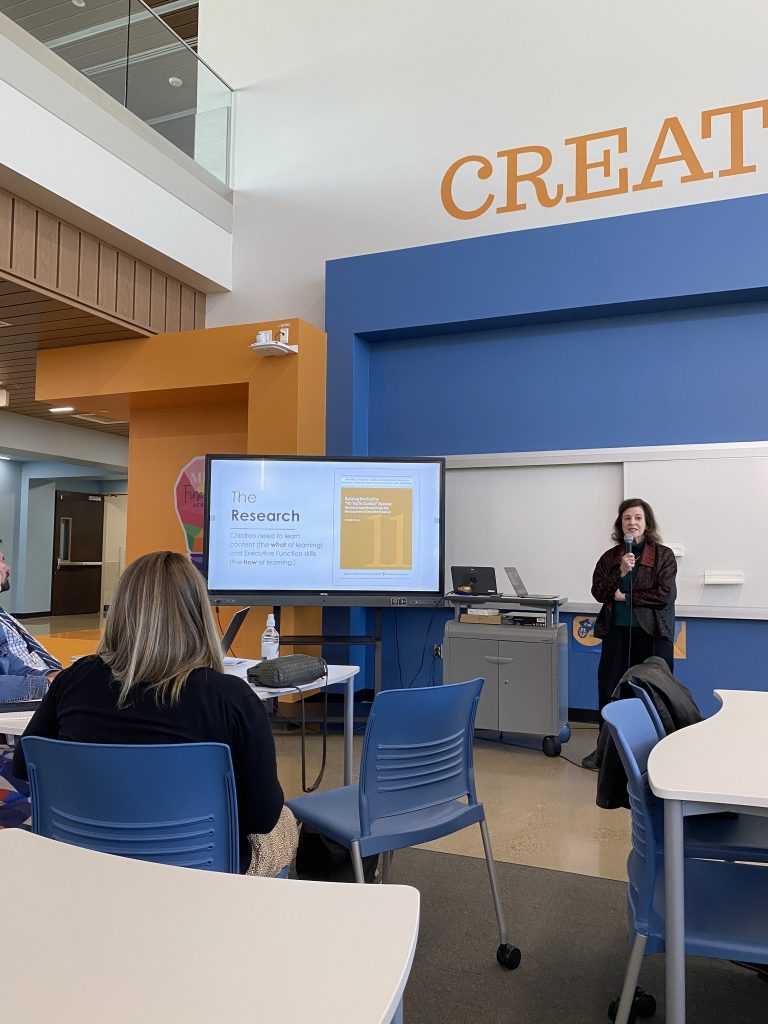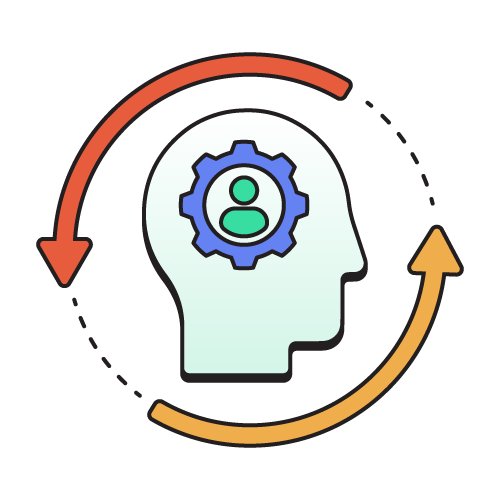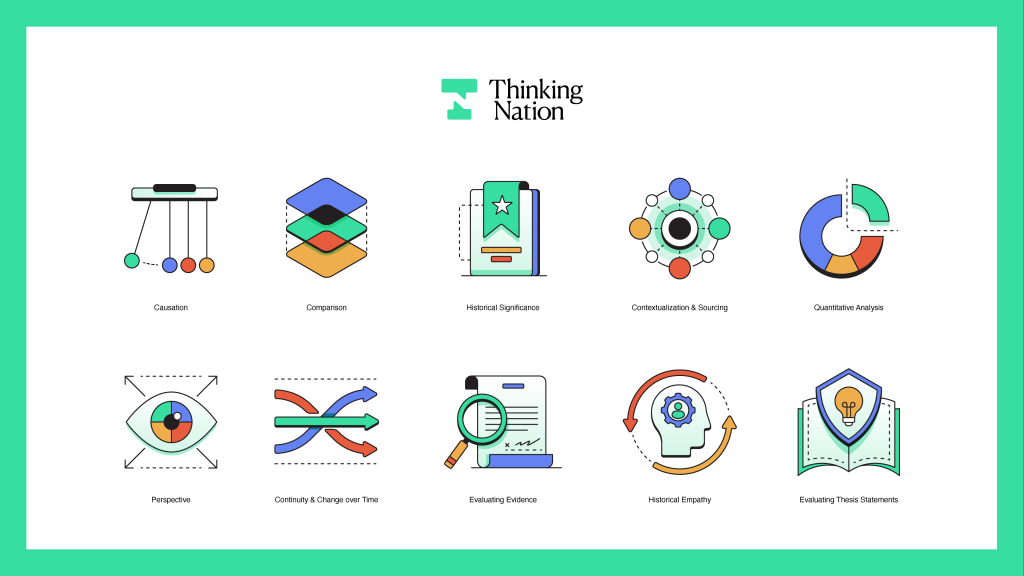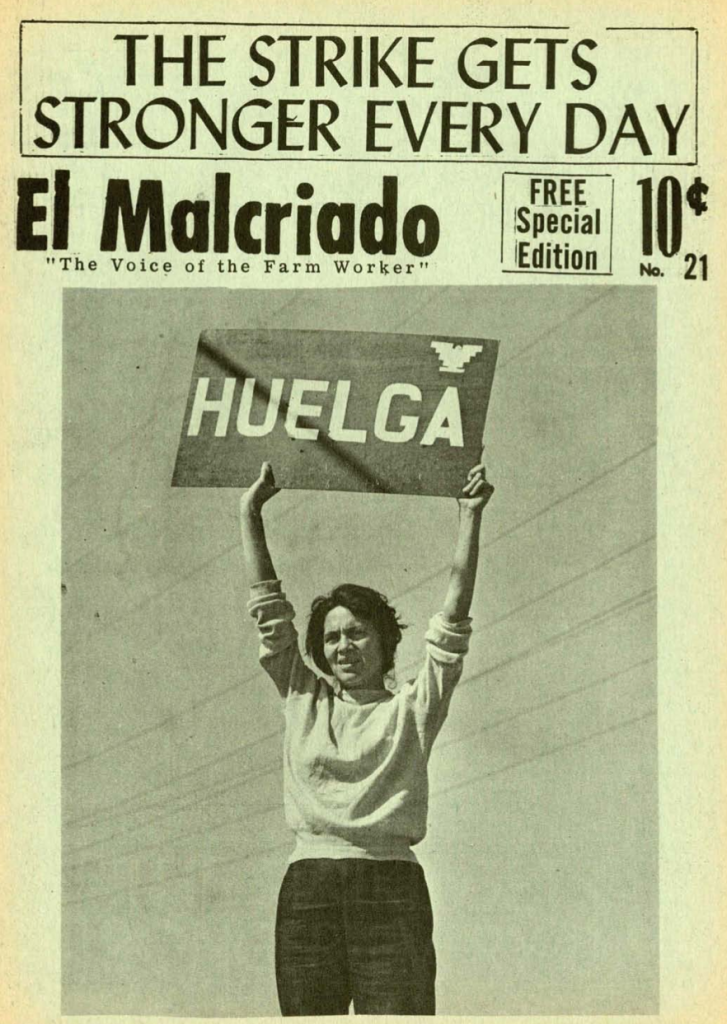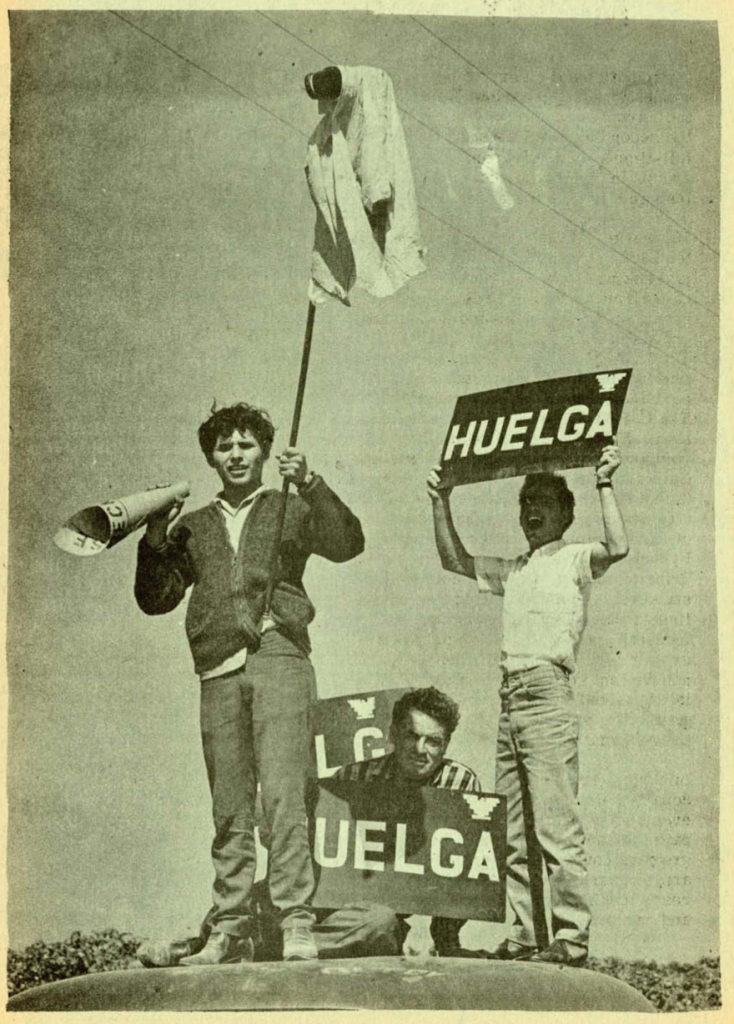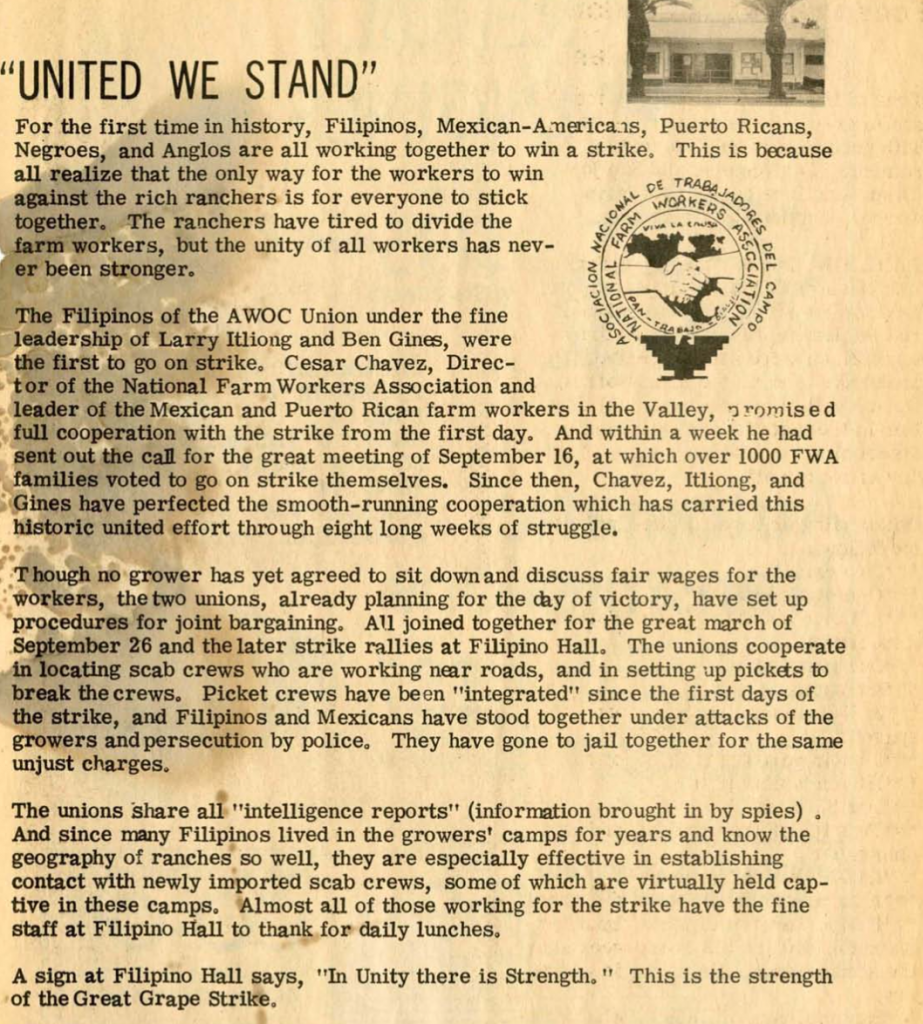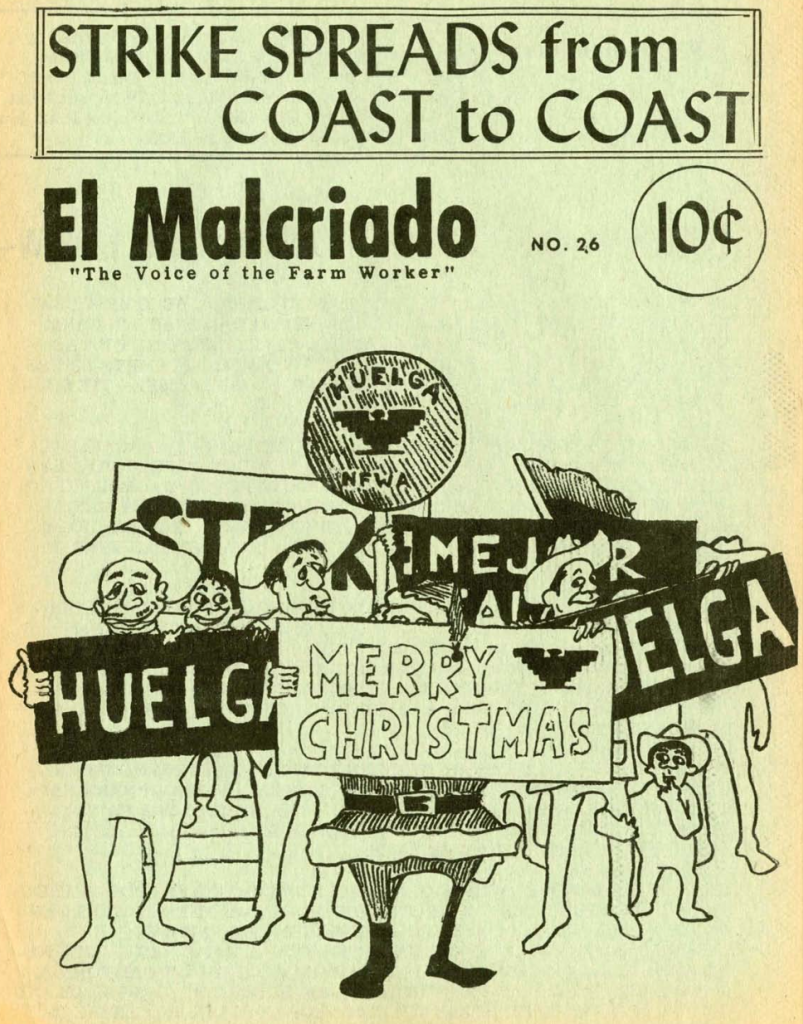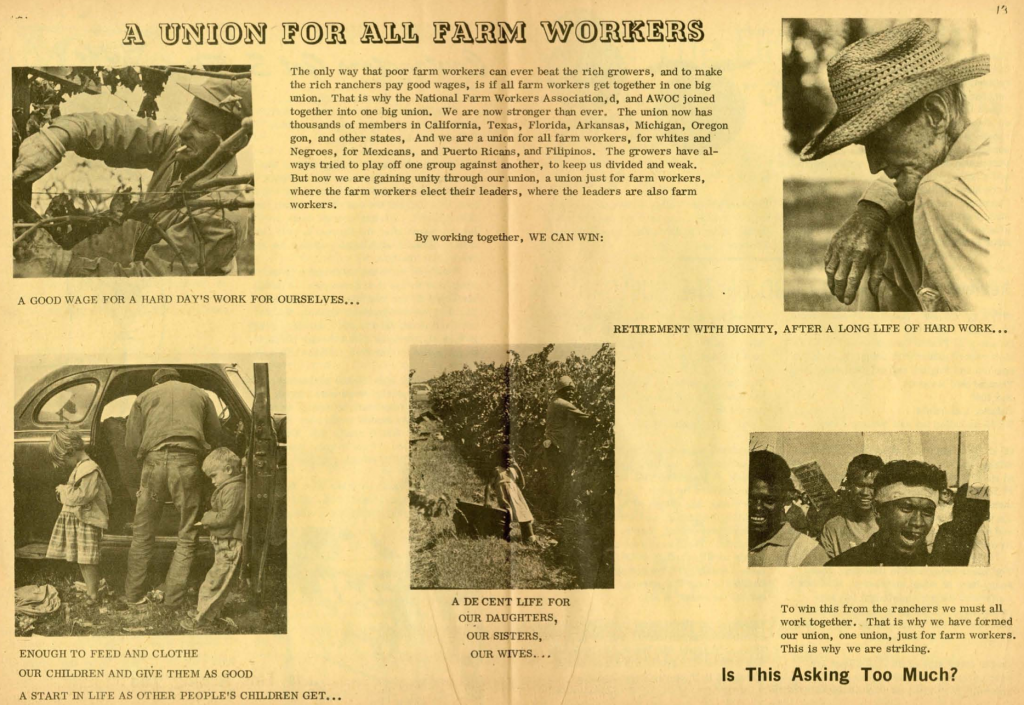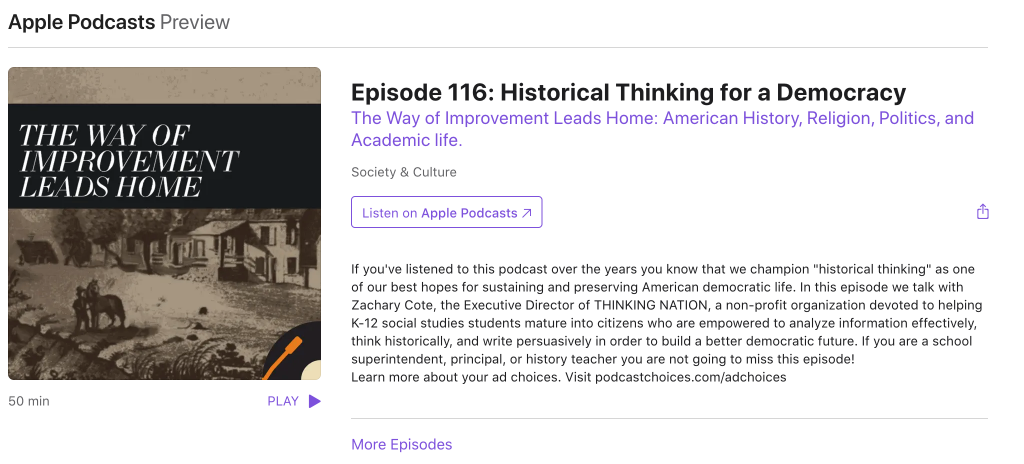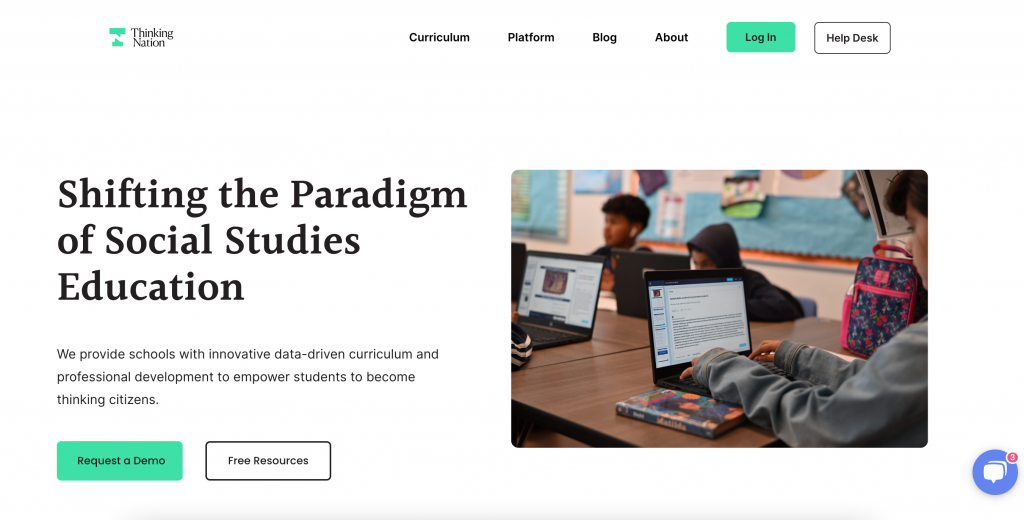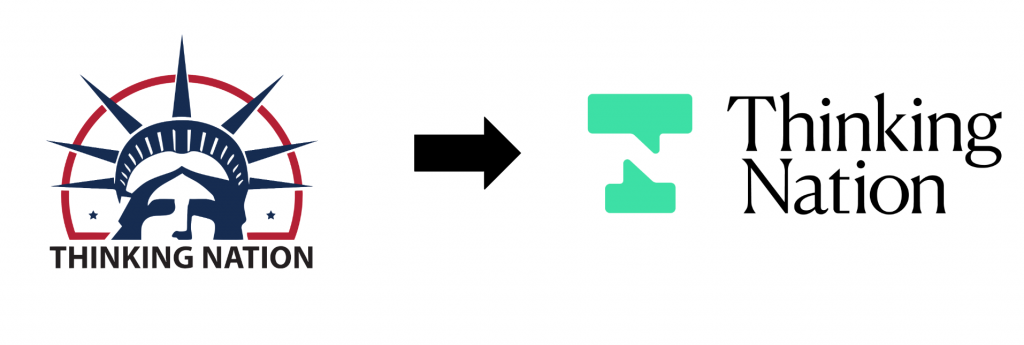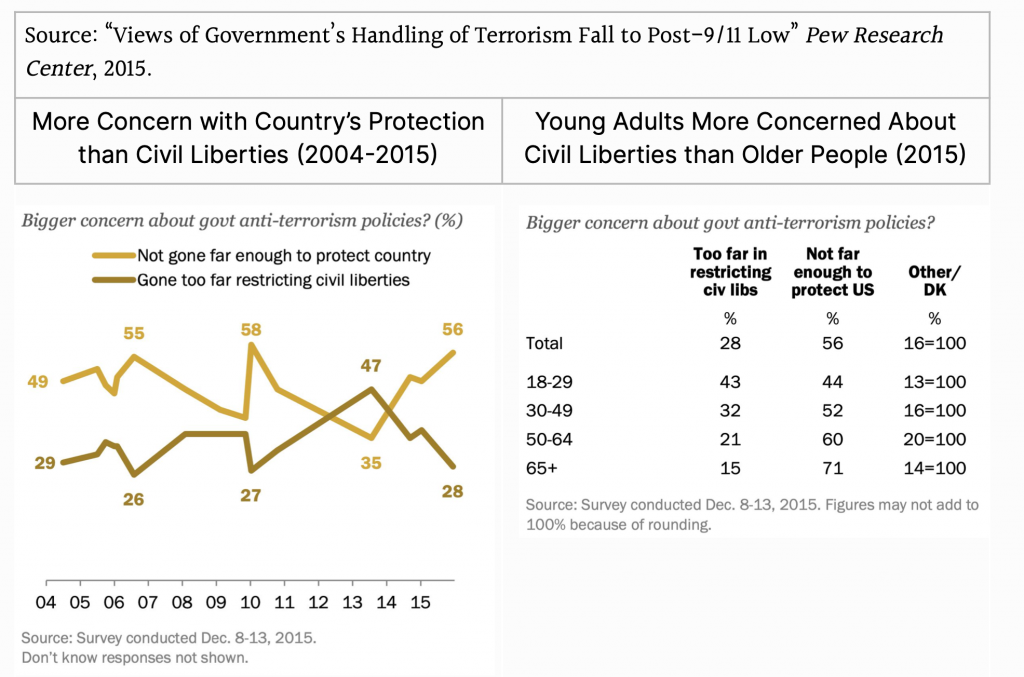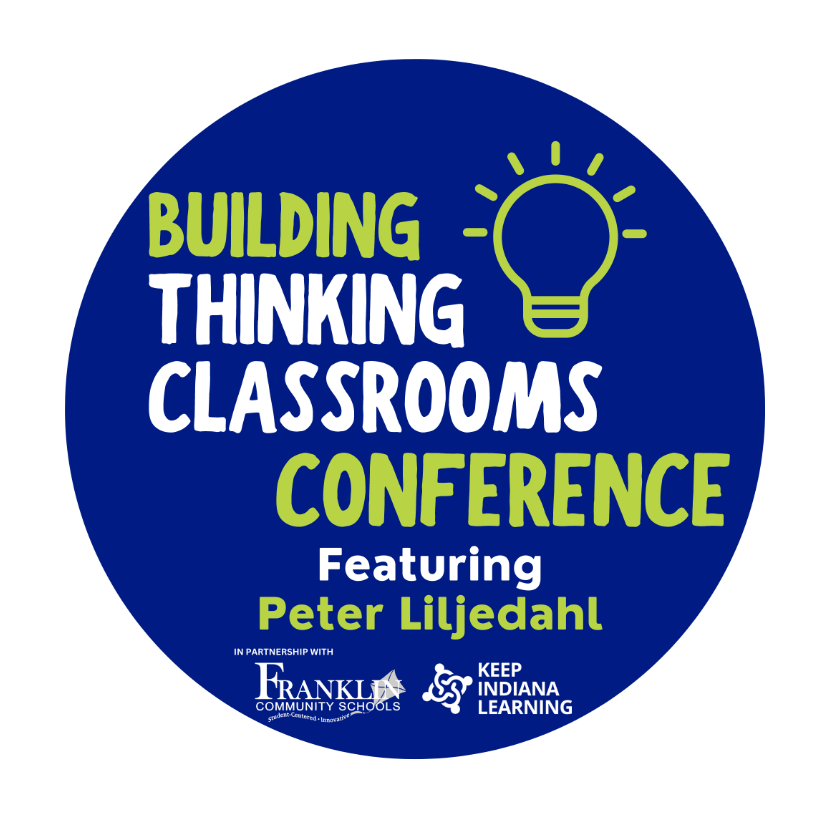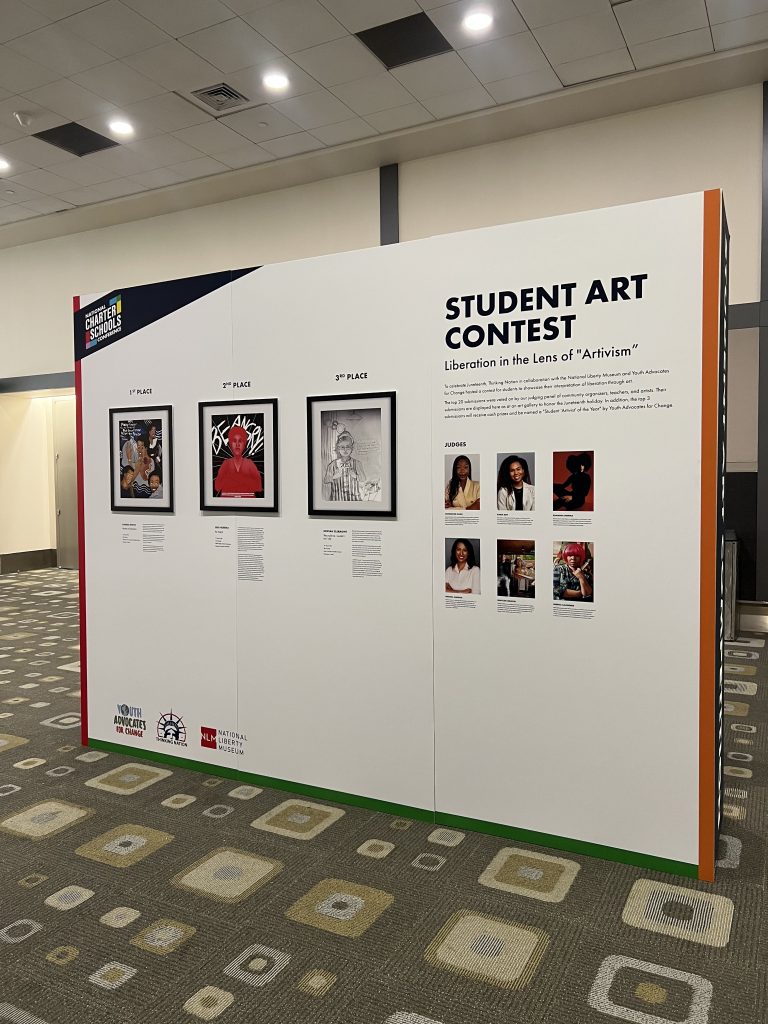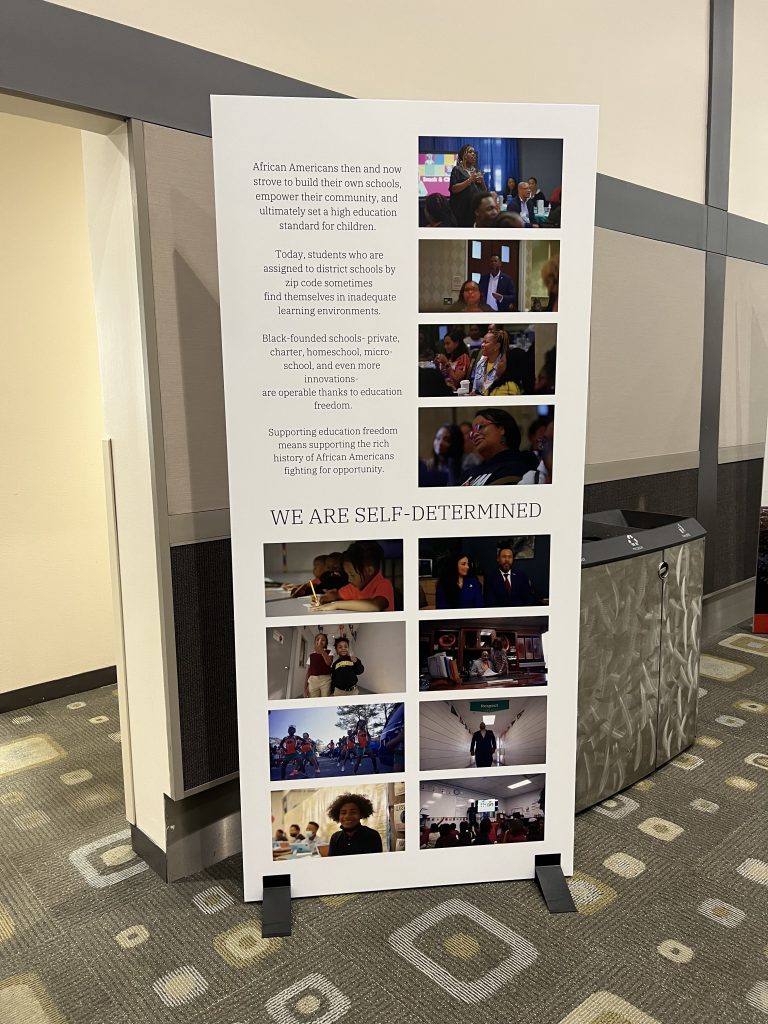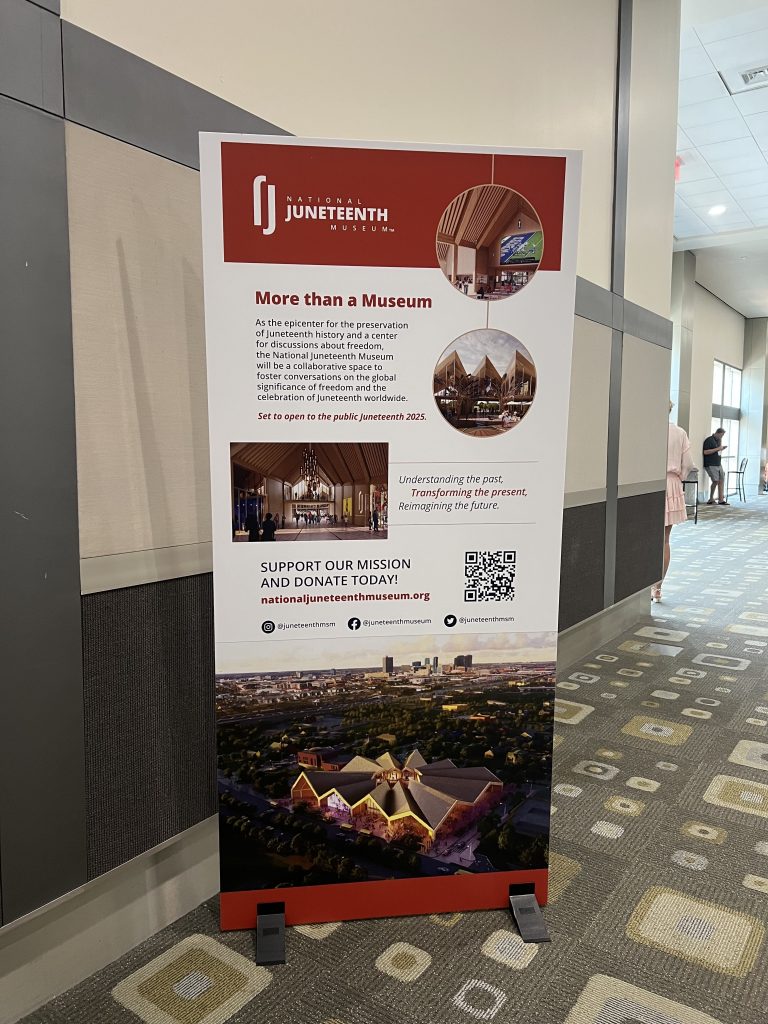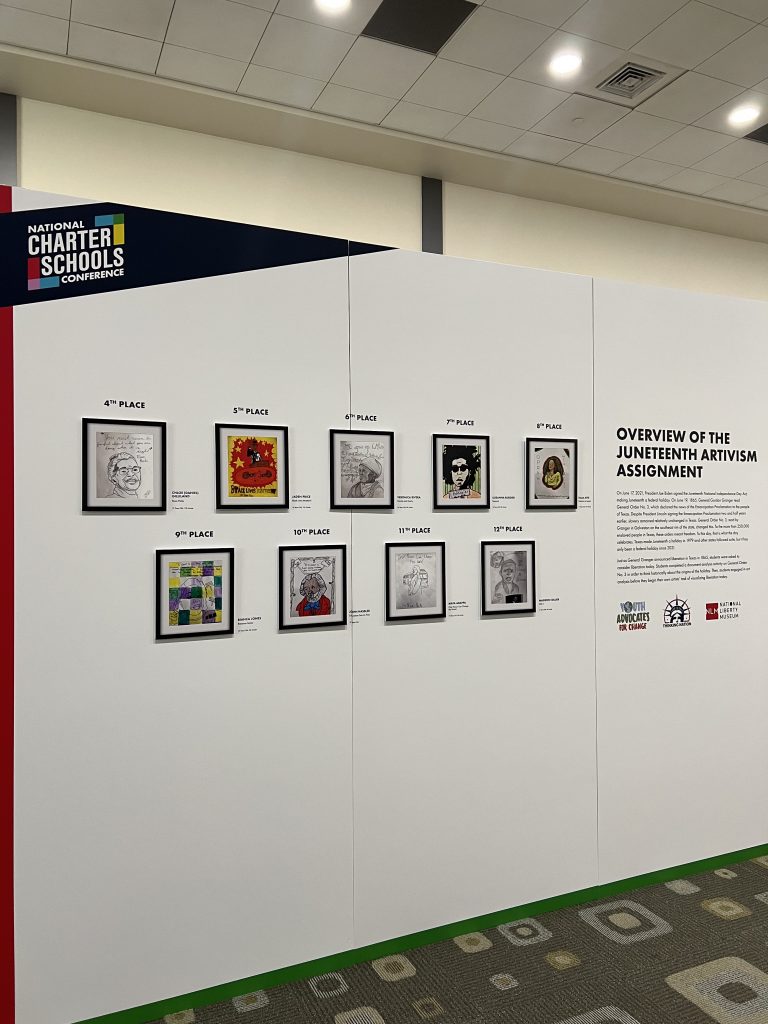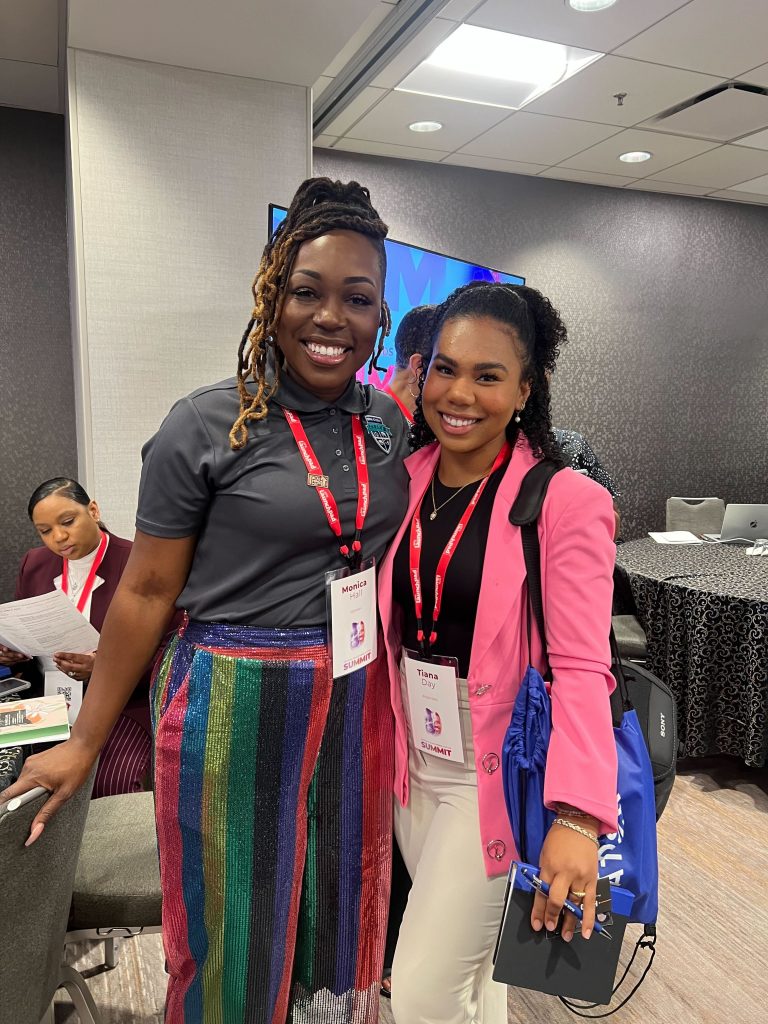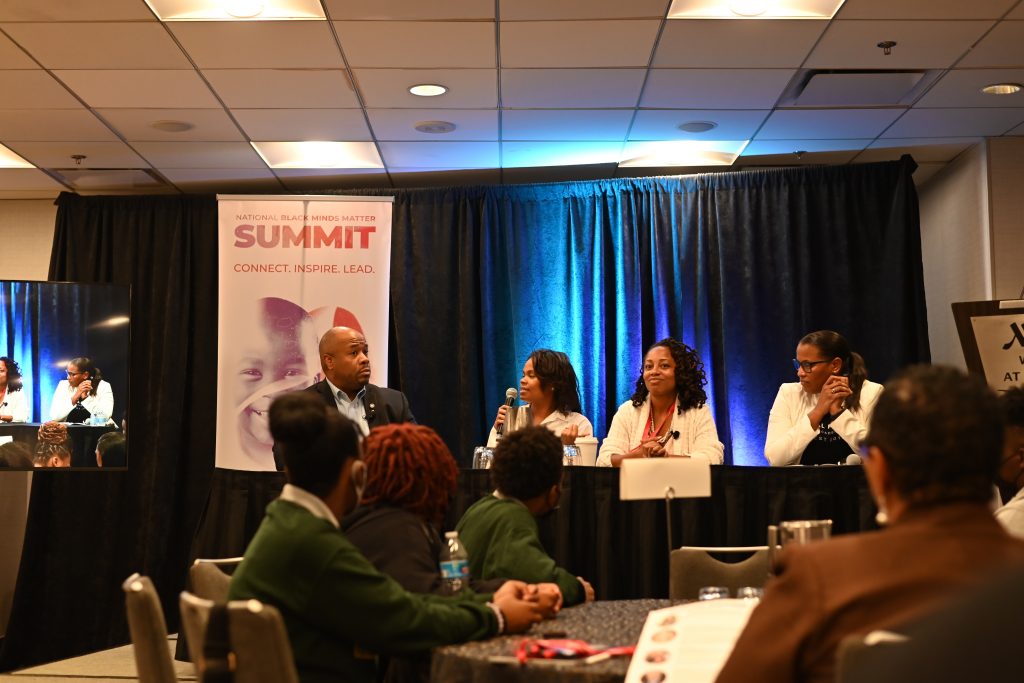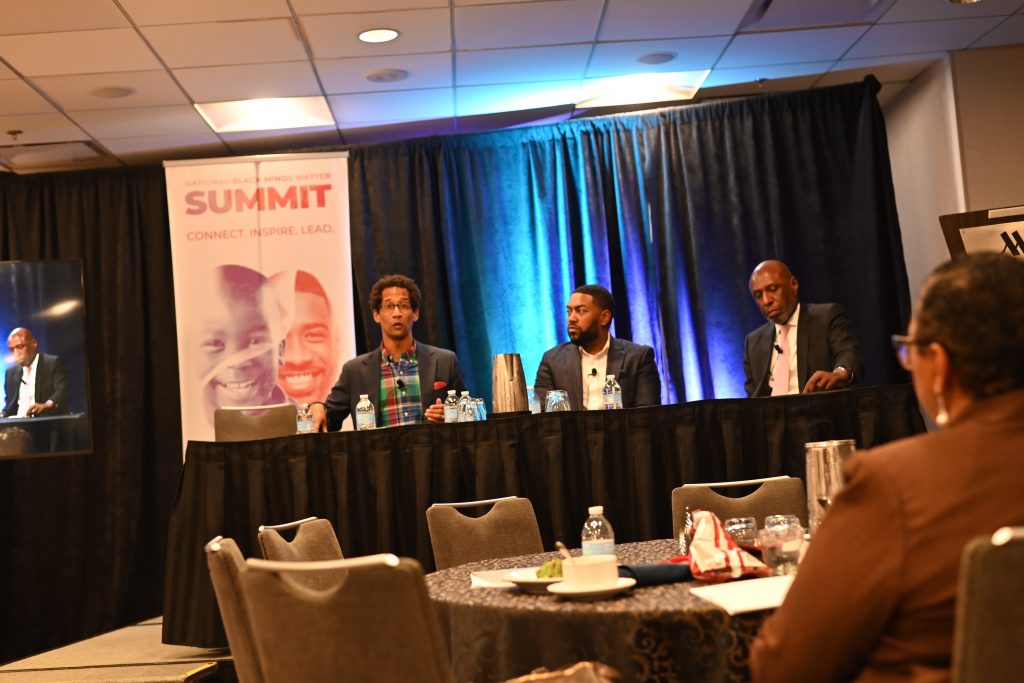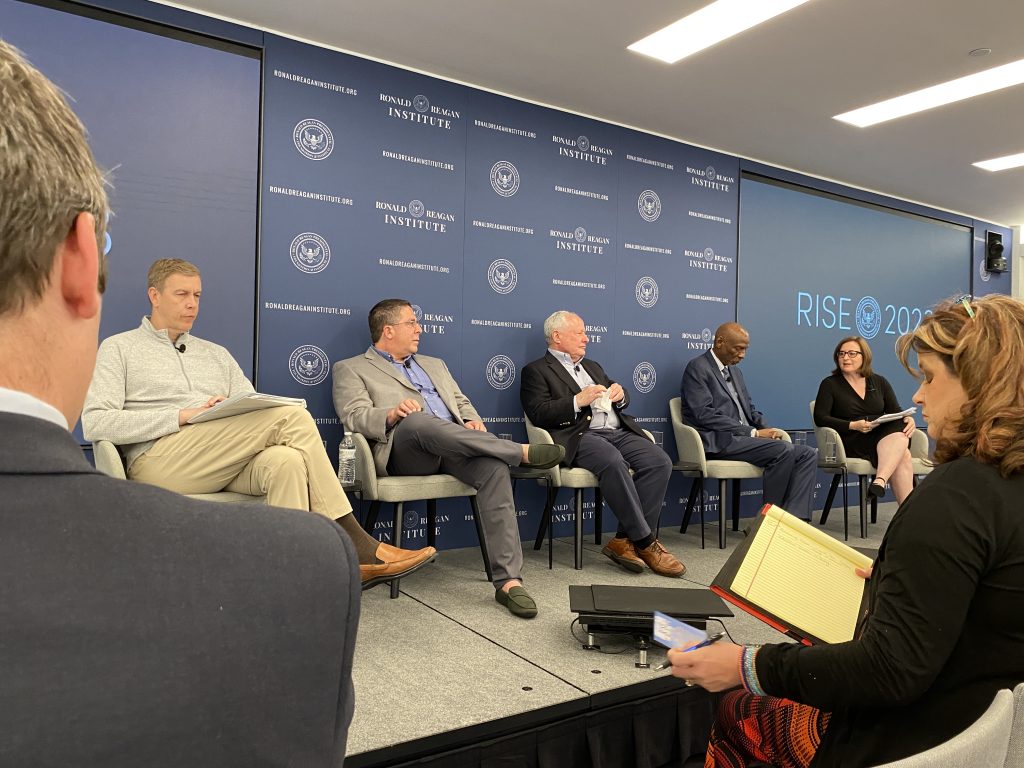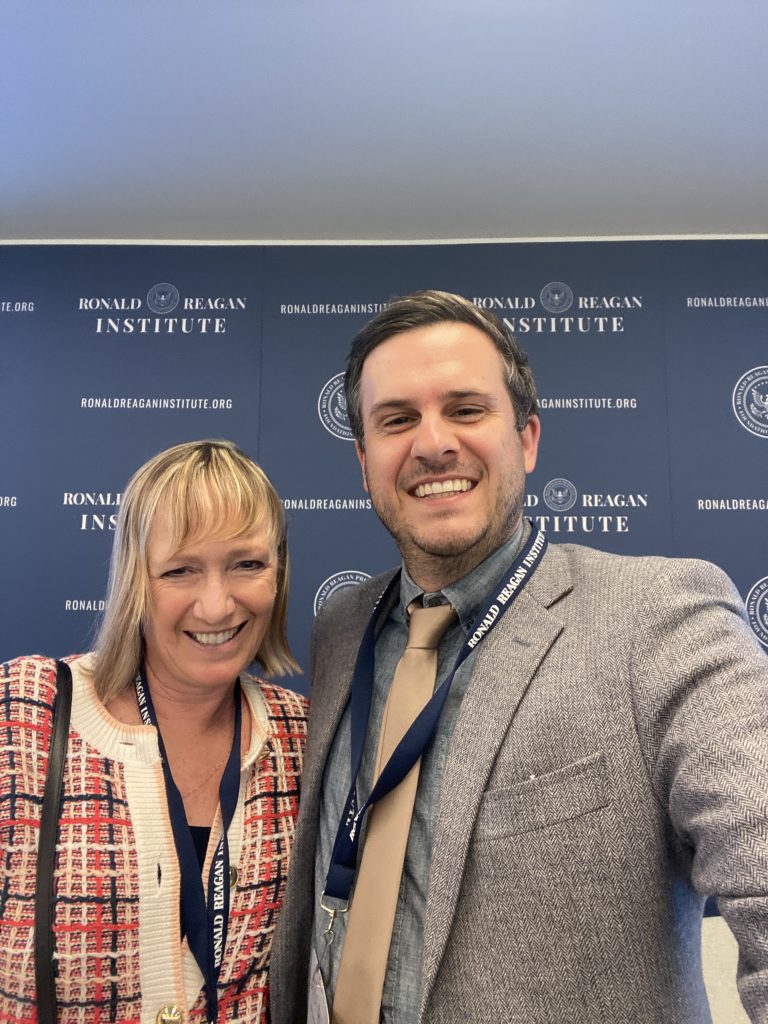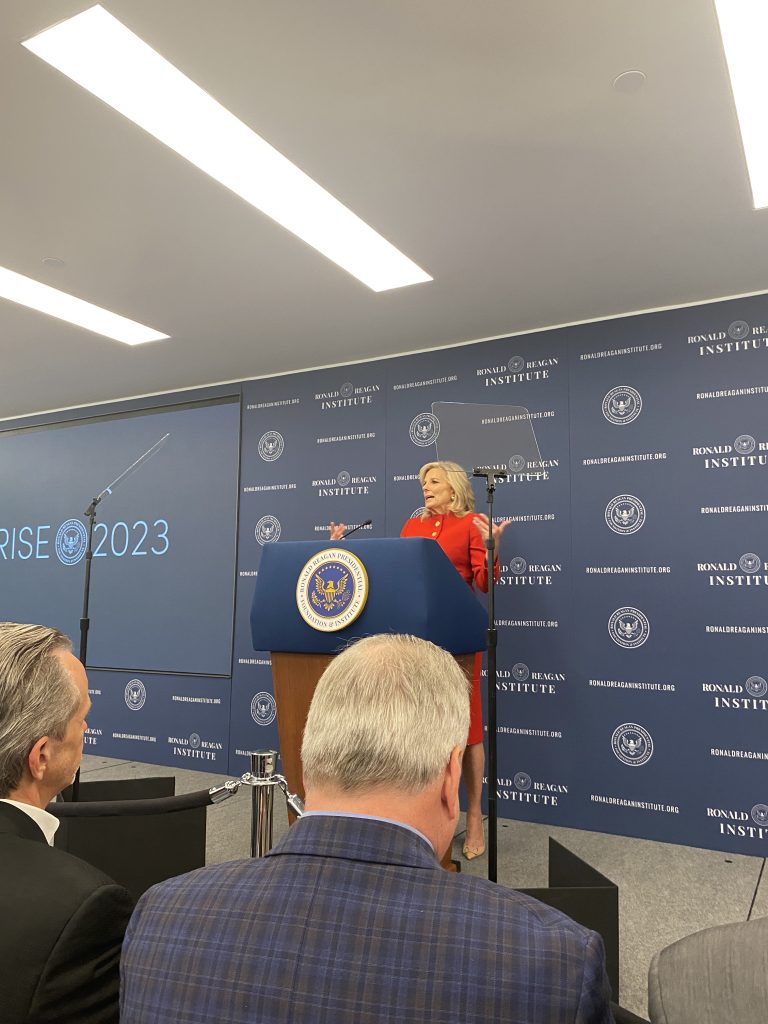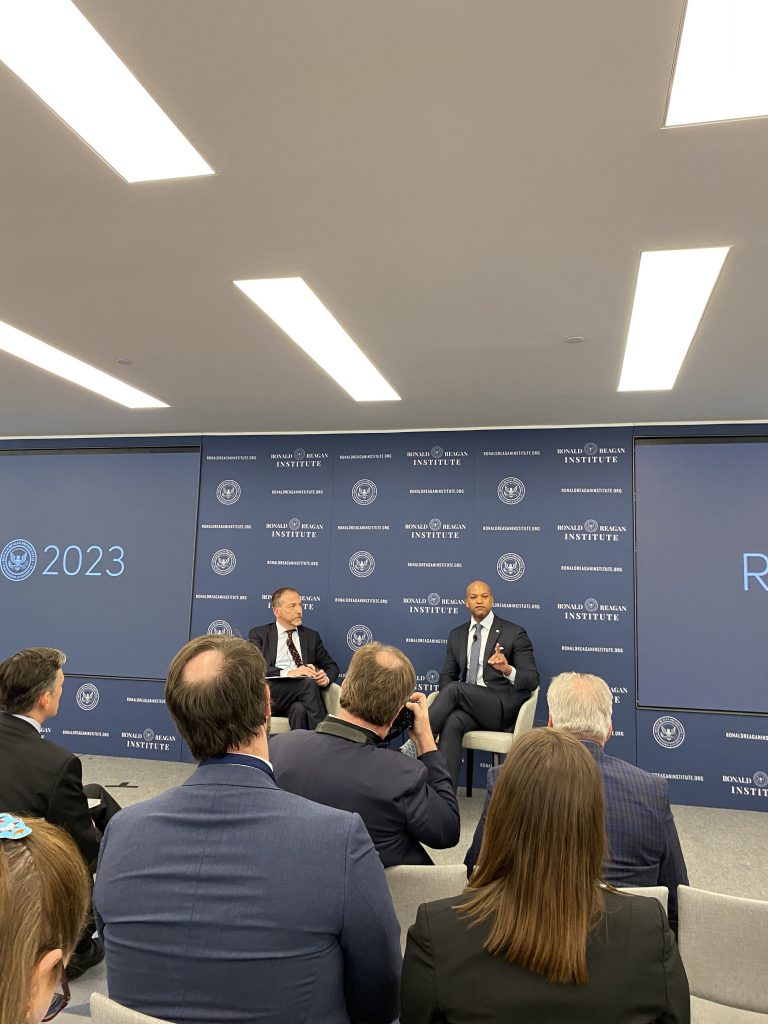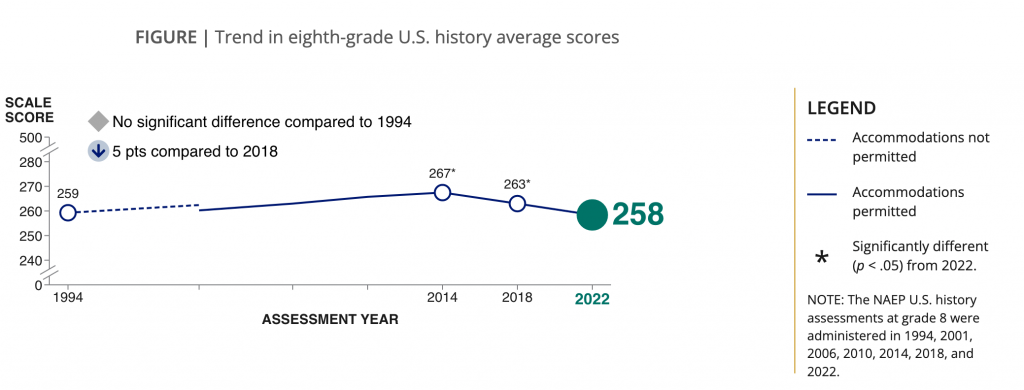Today, I want to take some time to highlight some great things going on at Thinking Nation this month. But first, an inside scoop:
A Press Release – Thinking Nation’s Board of Directors
On Monday (1/29), you will see the publication of our first press release. It will highlight the doubling of Thinking Nation’s board of directors. As many of you know, the board of directors of a nonprofit organization is critical to driving growth and sustainability, and we are so fortunate to have such a wealth of knowledge and diversity of expertise on our board in order to help us fulfill our mission to cultivate thinking citizens. At any point, you can head over to our website to learn more about Thinking Nation’s board of directors, but in this space, I am going to highlight one of our board members in each post for the next few weeks.
First up, our resident historian. Dr. Catherine O’Donnell joined our board back in October 2023 and brings such a robust track record of centering historical thinking in her scholarship. We are grateful for her grounding perspective as we seek to shift the paradigm of social studies education toward a specifically discipline-driven, rather than content-focused approach. A bit more about Catherine:
Professor O’Donnell, currently a distinguished faculty member at Arizona State University, brings a wealth of expertise in history and administration to her role as board member. She has authored several scholarly books and articles, including Elizabeth Seton: American Saint (Cornell University Press, 2018), which received the Distinguished Book Award by the Conference on the History of Women Religious and the Biography Prize from the Catholic Press Association. She is also a member of the Board of the Arizona Council of History Educators. Dr. O’Donnell received a Bachelor of Arts inSpanish and American Studies from Amherst College, a Master of Arts in history from the University of Michigan, and Doctor of Philosophy degree in history from the University of Michigan.
Also, here is a brief interview with Dr. O’Donnell, to get to know her better:
A Day with Indiana Teachers
Moving onto more Thinking Nation happenings, January has been quite the busy month for us. One particular event that I’d like to highlight here is a statewide virtual professional development we hosted for teachers across Indiana. The goal of our time together was to spend time understanding and practicing the ways that we can teach history in order to better align our classrooms across the 6 grade levels of secondary social studies education. It was entitled: “Building Alignment Across Social Studies: Creating a More Unified Social Studies Approach.”
Engaging with a couple dozen Indiana educators for a day and hearing how they could take some of the practices gleaned from the session back to their own schools in order to create robustly aligned social studies departments was definitely a thrill. We are incredibly thankful to Keep Indiana Learning for helping to organize the event. Indiana continues to pave the way in how we can see education as a civic endeavor and it was a joy to be a part in facilitating that goal for educators who care deeply for the students they serve.
I’m excited to share more on the many great events and announcements we have for the coming weeks, but for now, I’ll just say “stay tuned!”
